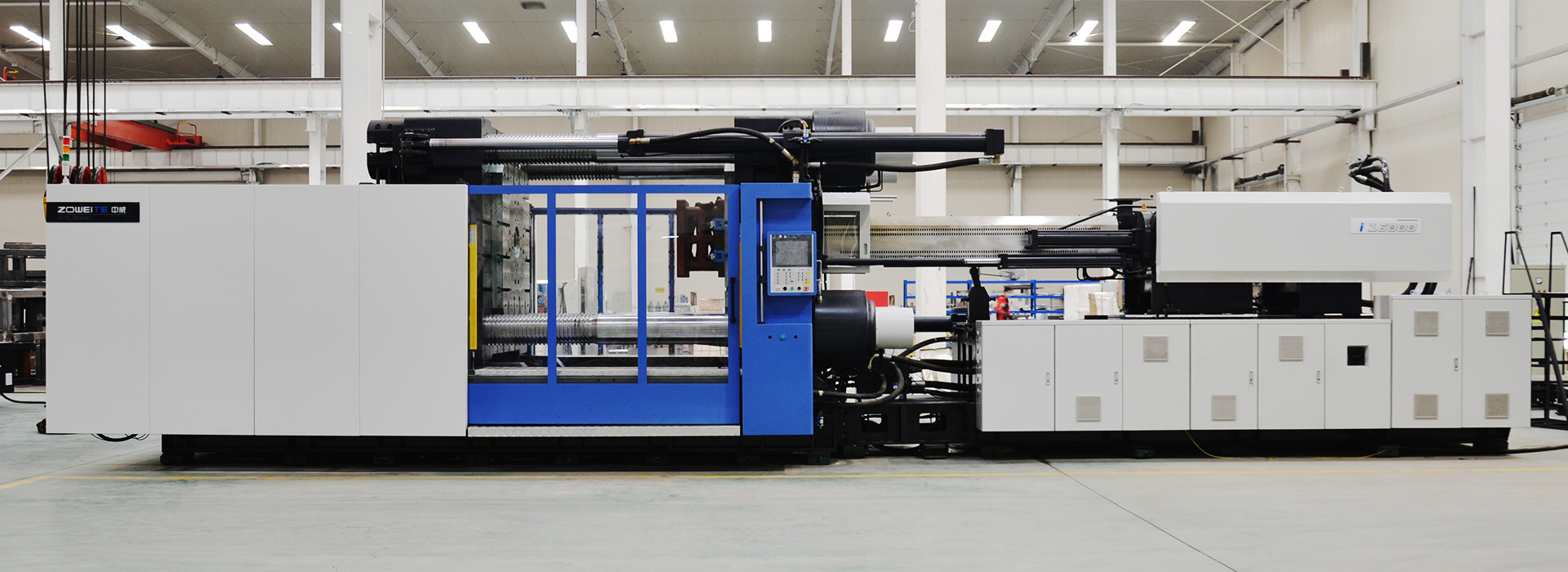The relationship between the length of the injection molding machine screw and the injection range exists
2023-09-04
The screw in an injection molding machine is responsible for melting and homogenizing the raw material, as well as transporting it to the mold. The length of the screw directly affects the amount of plastic that can be injected into the mold. A longer screw will be able to accommodate a larger volume of plastic than a shorter screw, thus providing a greater injection range.
However, a longer screw may not always be the best option. As the length of the screw increases, the diameter and pitch of the flights must also increase in order to maintain the appropriate rate of plasticizing. This results in a larger overall screw diameter, which can be problematic when dealing with molds that have tight runner systems or narrow gates.
Another factor that must be considered when choosing the length of the screw is the viscosity of the material being injected. High-viscosity materials will require a longer screw to ensure proper melting and homogenization, while low-viscosity materials may require a shorter screw to minimize shear and improve shot-to-shot consistency.
In addition to the length of the screw, other variables such as injection pressure, melt temperature, and packing pressure must also be carefully controlled in order to achieve optimal injection molding results.
In summary, the relationship between the length of the injection molding machine screw and the injection range is clear. A longer screw can provide a greater injection range, but may not always be the best option depending on other factors such as mold design and material viscosity. It is important to carefully consider all variables and optimize the injection process to achieve the best possible results.




